
Eye Tests
Having an eye or vision test doesn't need to be a source of anxiety. Learn how the different tests work and what to expect ahead of time so your visit can be stress-free.
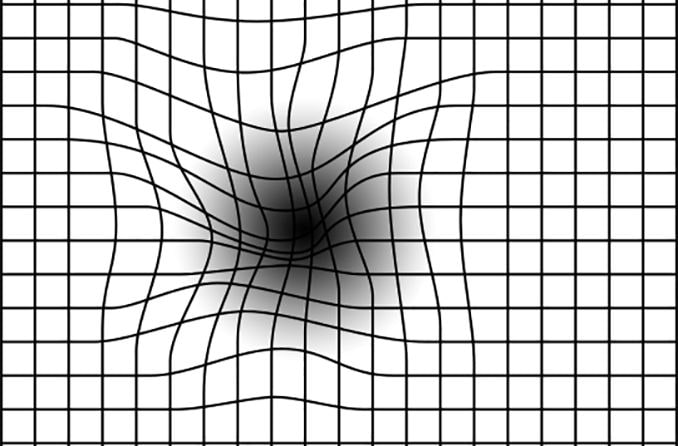
The Amsler grid is a simple screening test for macular degeneration. Learn how to download and use the Amsler grid at home.

Your dominant eye is the one that provides a greater degree of input to the visual part of your brain. Try these easy tests to find your dominant eye.
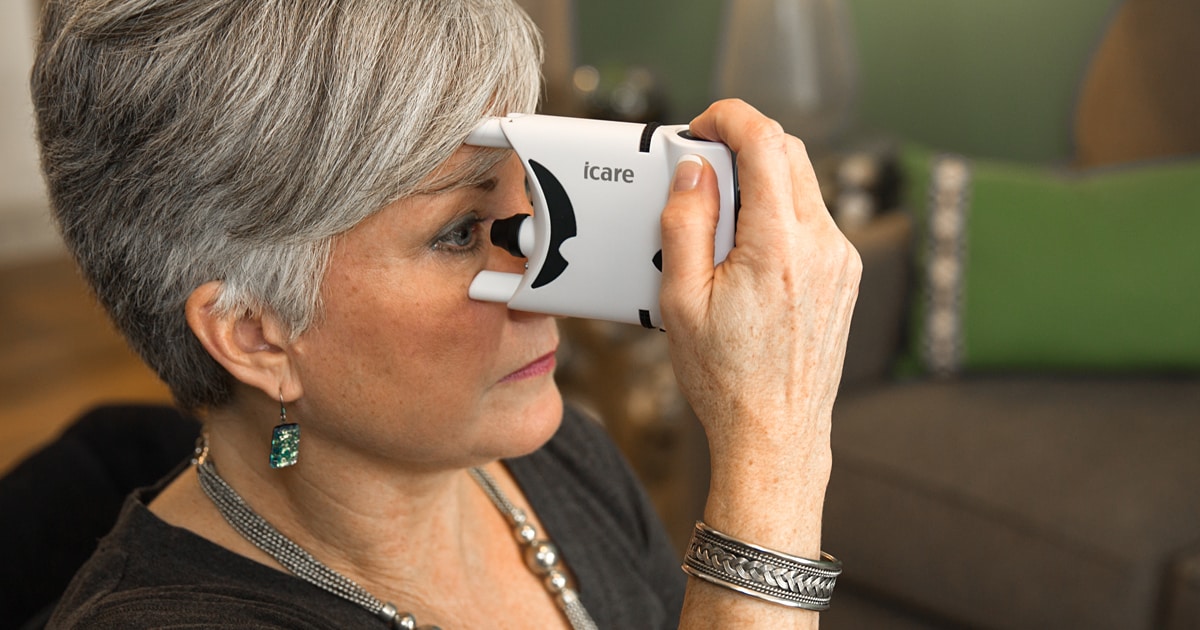
The latest news about glaucoma, including research on new and existing treatments and practical information for glaucoma patients.

Gonioscopy is an important eye test that can help detect glaucoma and other serious eye conditions. Find out how it's done and what your results could mean.
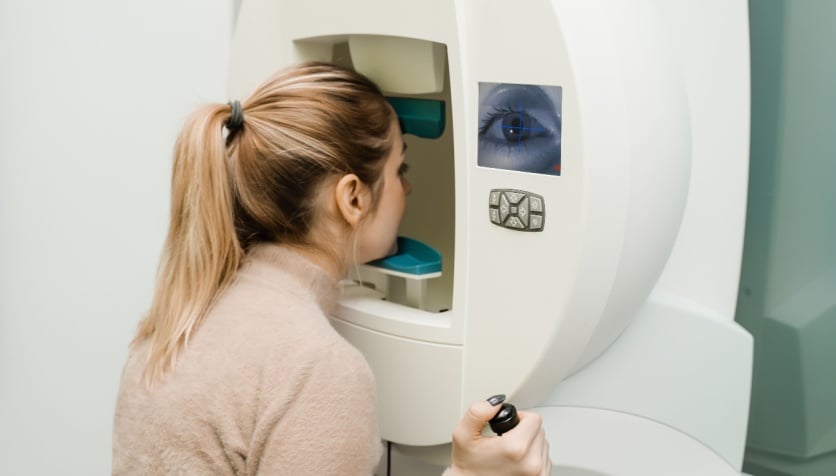
Visual field tests can detect central and peripheral vision problems caused by glaucoma, stroke and other eye or brain problems.
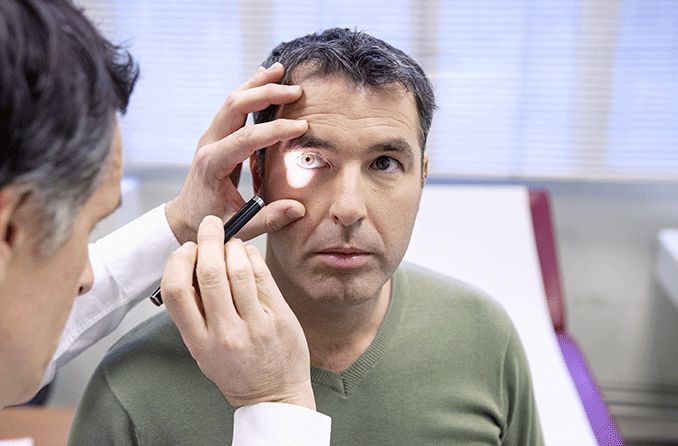
The PERRLA eye test is an assessment your eye doctor uses to check how your pupils are functioning. Learn what it is and why you need it.

Discover how retinal imaging helps doctors detect and manage eye diseases. Learn about its technologies, benefits and how it works to protect your vision.
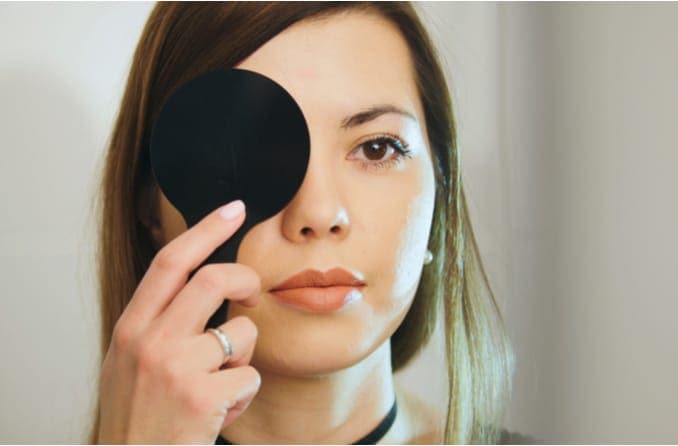
Take All About Vision's eye tests to assess your visual acuity, light sensitivity, near vision and whether you might have an astigmatism. Then see your eye doctor for a complete eye exam.
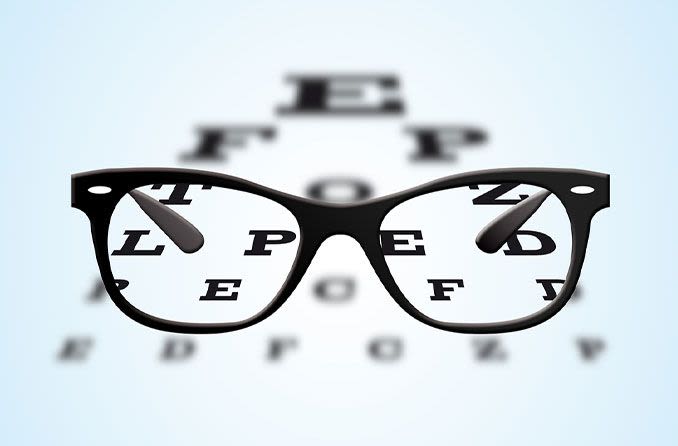
Learn about the different eye tests eye doctors use in their offices — and download your own eye chart to use at home.
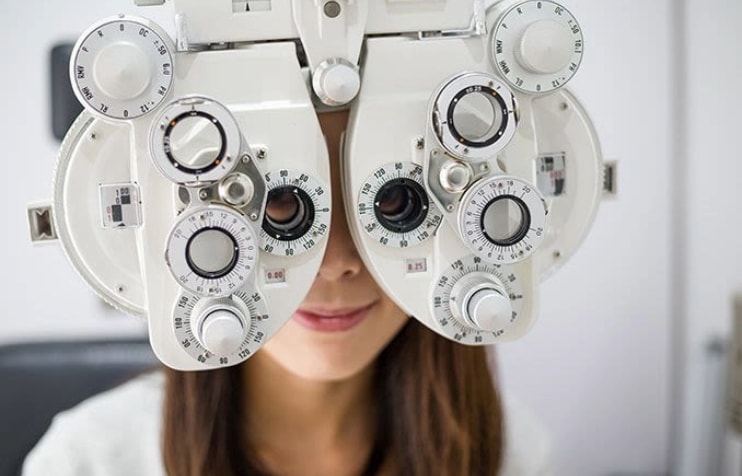
Various tests are performed during an eye exam to evaluate eye and vision health. Learn how these tests help screen for eye conditions and other issues.
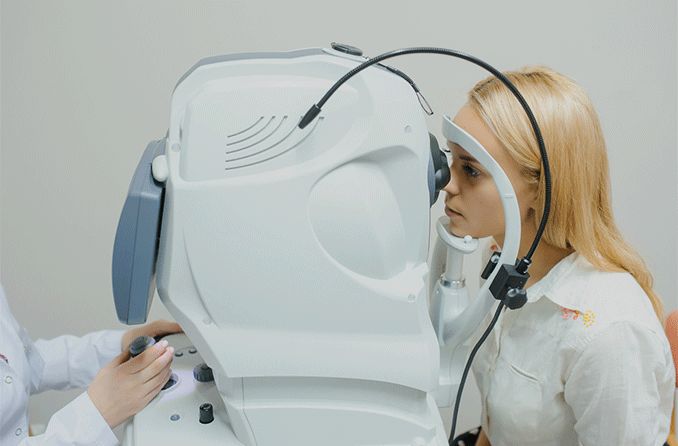
Optical coherence tomography (OCT) is a non-invasive imaging technique that provides detailed images and information about the retina.

During a refraction, you’re asked which lens power is better, “one” or “two.” Your answers help determine what power is needed in your glasses prescription.
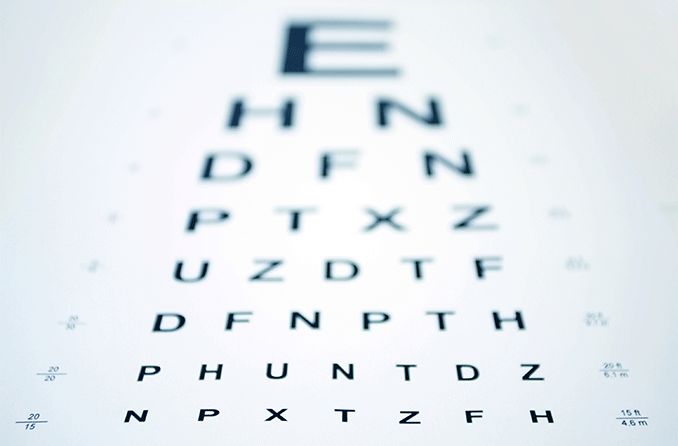
Some people are unable to read the biggest letter in a vision test. Find out what this means and how it compares to

Learn about fluorescein eye stain tests and what eye problems they can be used to detect.

The corneal light reflex is the reflection of light off of the corneas. Visual alignment and balance are indicated through this reflex.
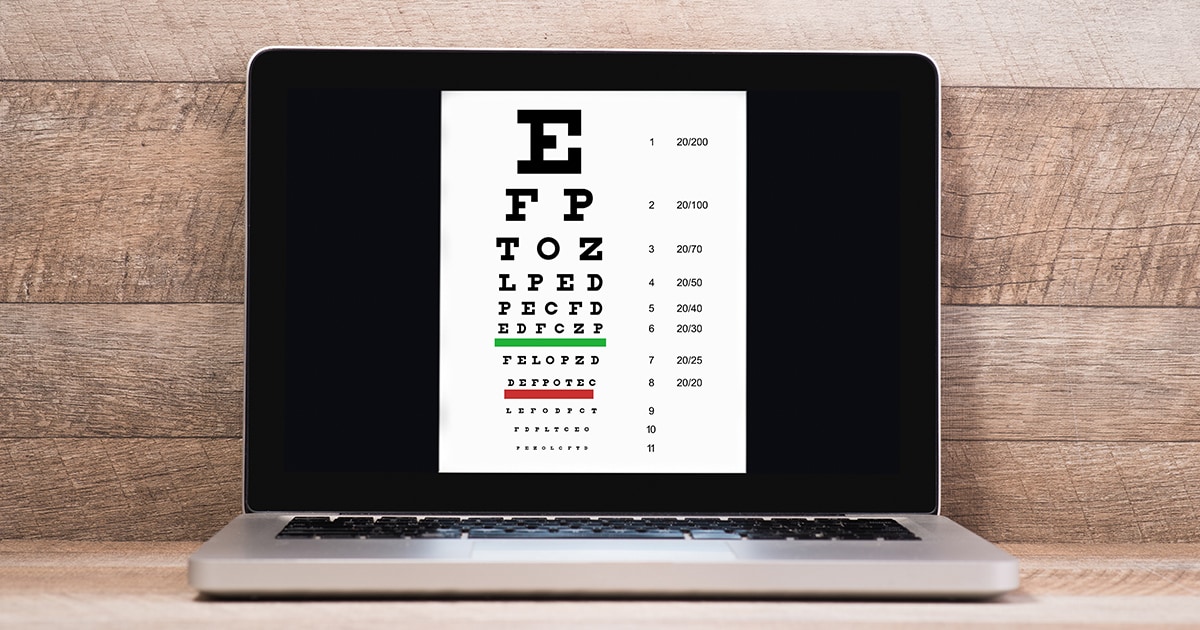
What an online eye test is, and why it may cost you more than an eye exam by your doctor.
All About Vision and AllAboutVision.com are registered trademarks of AAV Media, LLC. © 2000-2025 AAV Media, LLC. The content on this site is for informational purposes only. All About Vision does not provide medical advice, diagnosis or treatment. Contact an eye doctor if you need medical attention.